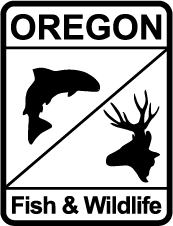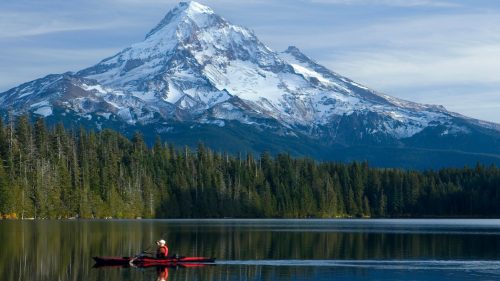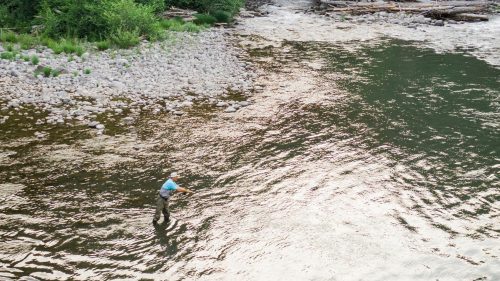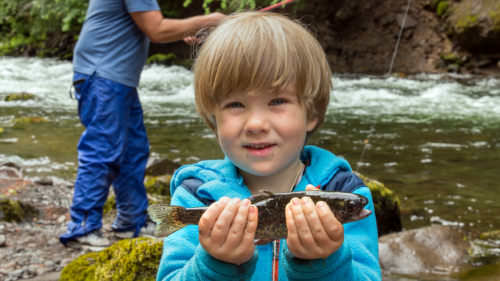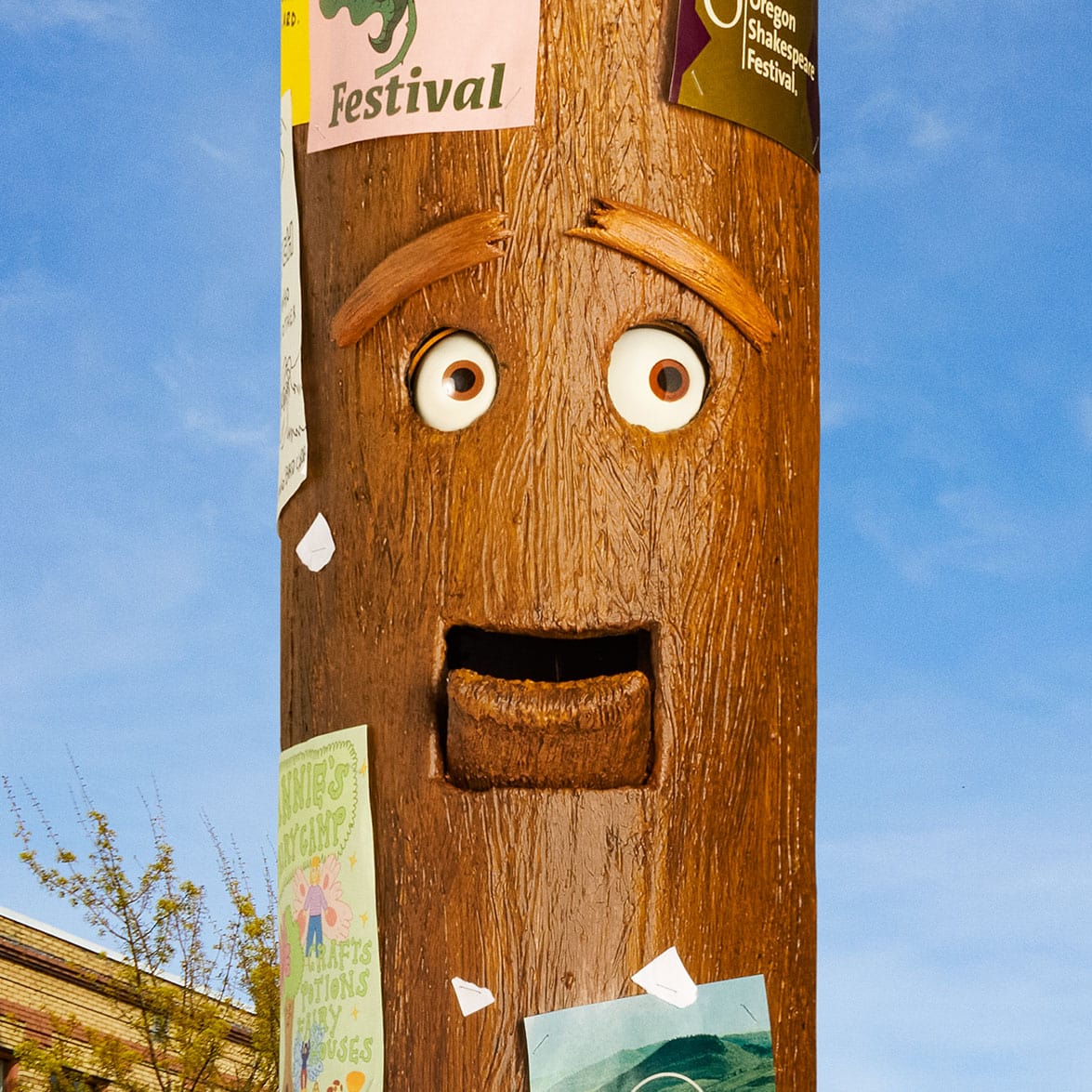When temperatures drop and leaves change to hues of red and gold, it’s a signal of some of the best opportunities to get outside. Here’s a secret: Autumn is the best time for harvesting your own bay clams and crabs in Oregon, since it’s when crabs have molted and grown larger. It’s also a key season for migratory bird-watching, a beginner-friendly way to get out and enjoy nature without the need for fancy equipment or expensive guide services. All you need is a pair of binoculars and a bit of patience.
Here are some of the best places in Oregon for clamming, crabbing, wildlife viewing and bird-watching year-round, but especially in the fall. (Note: If you do go fishing anywhere in Oregon, make sure to check the latest ODFW fishing report for the latest conditions and closures, including the recent closure of steelhead angling on tributaries of the Columbia River.)
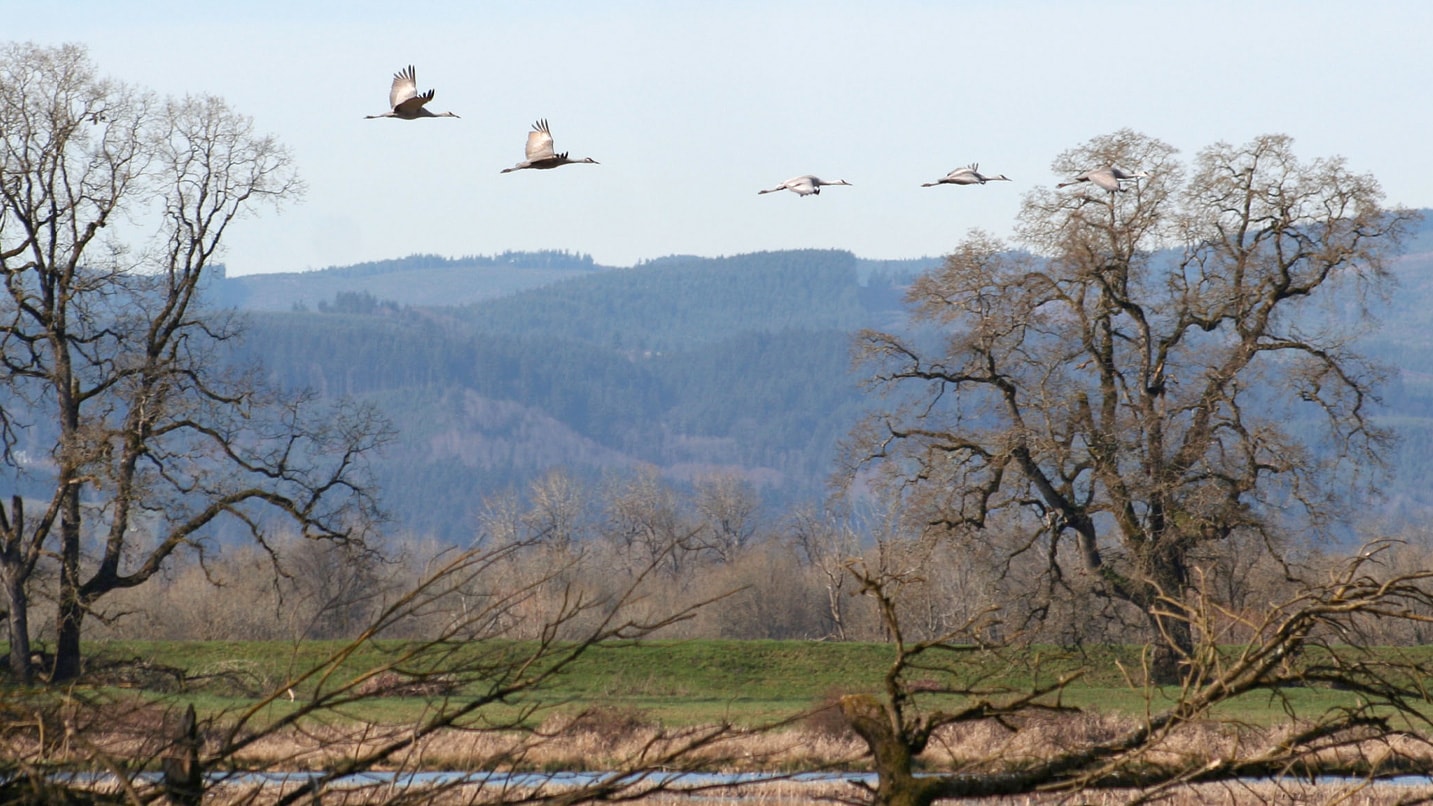
Wildlife Areas
Encompassing nearly 12,000 acres, Sauvie Island Wildlife Area provides a habitat to hundreds of species of wildlife, all within minutes of Portland. It’s a great place for bird-watching, particularly in the fall and winter months when waterfowl and sandhill cranes dominate the landscape. Other creatures you might spot here include geese, ducks, swans, black-tailed deer and coyotes. If you’re visiting in the fall, you may want to stop by The Pumpkin Patch or Bella Organic Farm, both of which offer U-pick pumpkin patches and corn mazes. Pro tip: Visit early and midweek to avoid weekend traffic on Sauvie Island during the busy fall harvest season.
Just outside of La Grande in Northeastern Oregon, Ladd Marsh Wildlife Area preserves the largest hardstem bulrush wetland in the region and provides a protected habitat for a wide variety of creatures. Local wildlife includes deer and elk, weasels, minks, muskrats, western painted turtles, and even black bears, plus a couple types of nonvenomous snakes. Ladd Marsh also provides refuge for a mix of migratory and resident birds, from sparrows and hummingbirds to owls and herons, many of which can be viewed from the on-site wildlife-viewing platform.
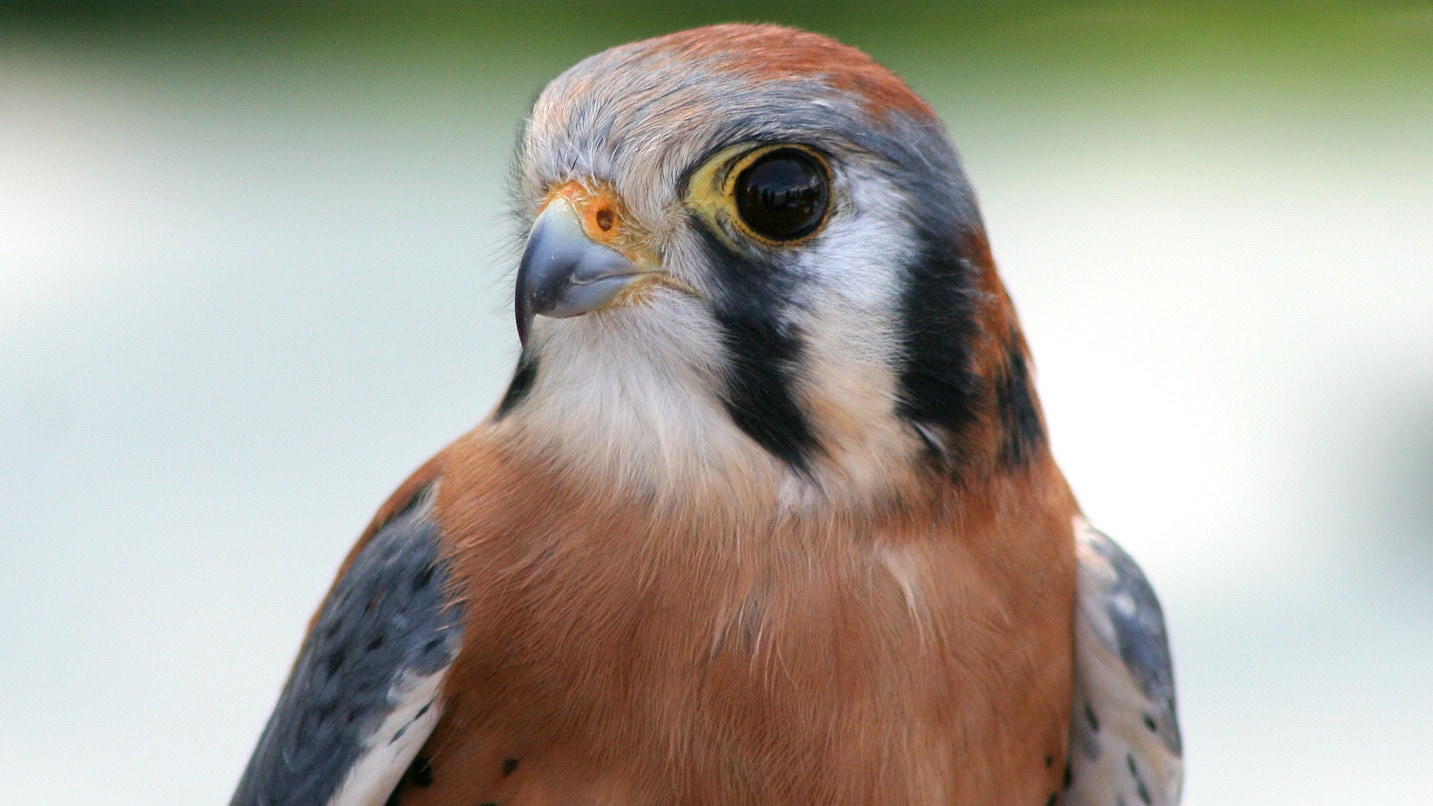
In a sparsely populated stretch of Southern Oregon, Summer Lake Wildlife Area is one of the top places in the state for migratory bird-watching. Part-time residents include shorebirds, egrets and four types of swallows. It’s not uncommon to spot red-tailed hawks and bald eagles here too. Game-bird hunters will want to visit between October and January, during hunting season, while hikers will want to avoid those months. If you want to make a weekend of it, Summer Lake offers four primitive campgrounds with accessible restrooms. Fort Rock State Natural Area, 35 miles north, is another excellent spot for wildlife viewing and a hiking trail.
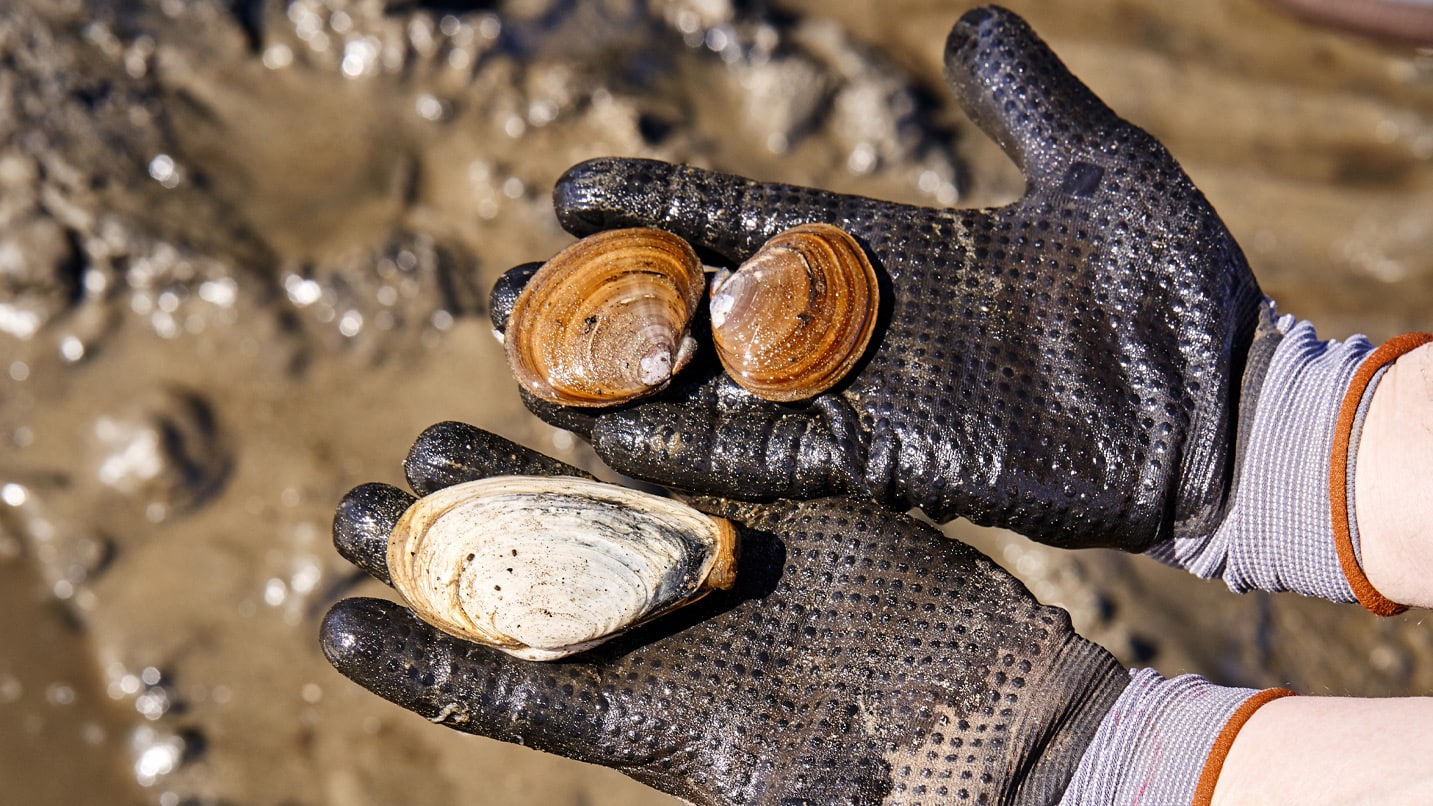
Bays
If you’re looking to try a variety of different clams, Tillamook Bay is a great place to go. Here you’ll find a solid mix of cockle, butter, softshell and gaper clams in eight distinct clamming areas, some of which can be reached on foot. There are also two crabbing areas accessible by boat. If you don’t have access to a watercraft, you can also crab off the public piers on the southern side of the Garibaldi boat basin or at the parking area on 12th Street. Boats, crab rings and other equipment are available for rent at the Garibaldi Marina.
Situated in busy Lincoln City, Siletz Bay has long been a popular crabbing spot. It’s also a great place for clamming, particularly for purple varnish clams and — to a lesser extent — softshell clams. These eggplant-hued clams are newcomers to Oregon’s shores, and likely came to the state all the way from Asia via ballast waters. There are two main clamming areas here: north of Schooner Creek and the Siletz Bay bed. As the name suggests, Siletz Crabbing & Kayak Rentals rents crabbing equipment and is a great place to get tips from local experts.
As Oregon’s largest bay, Coos Bay offers tons of clamming and crabbing opportunities, and while many areas can only be accessed by 4×4 or boat, there are plenty of easier-to-reach areas, too, particularly in the flats of Lower Coos Bay. Gaper and butter clams are the predominant species in this area, though you may find cockles in the town of Charleston (in the southern part of the bay), as well as up by the Southwest Oregon Regional Airport. Muddy Upper Coos Bay is prime habitat for softshell clams. Dock-crabbing options abound in Charleston; you can also rent crab rings at Basin Tackle.
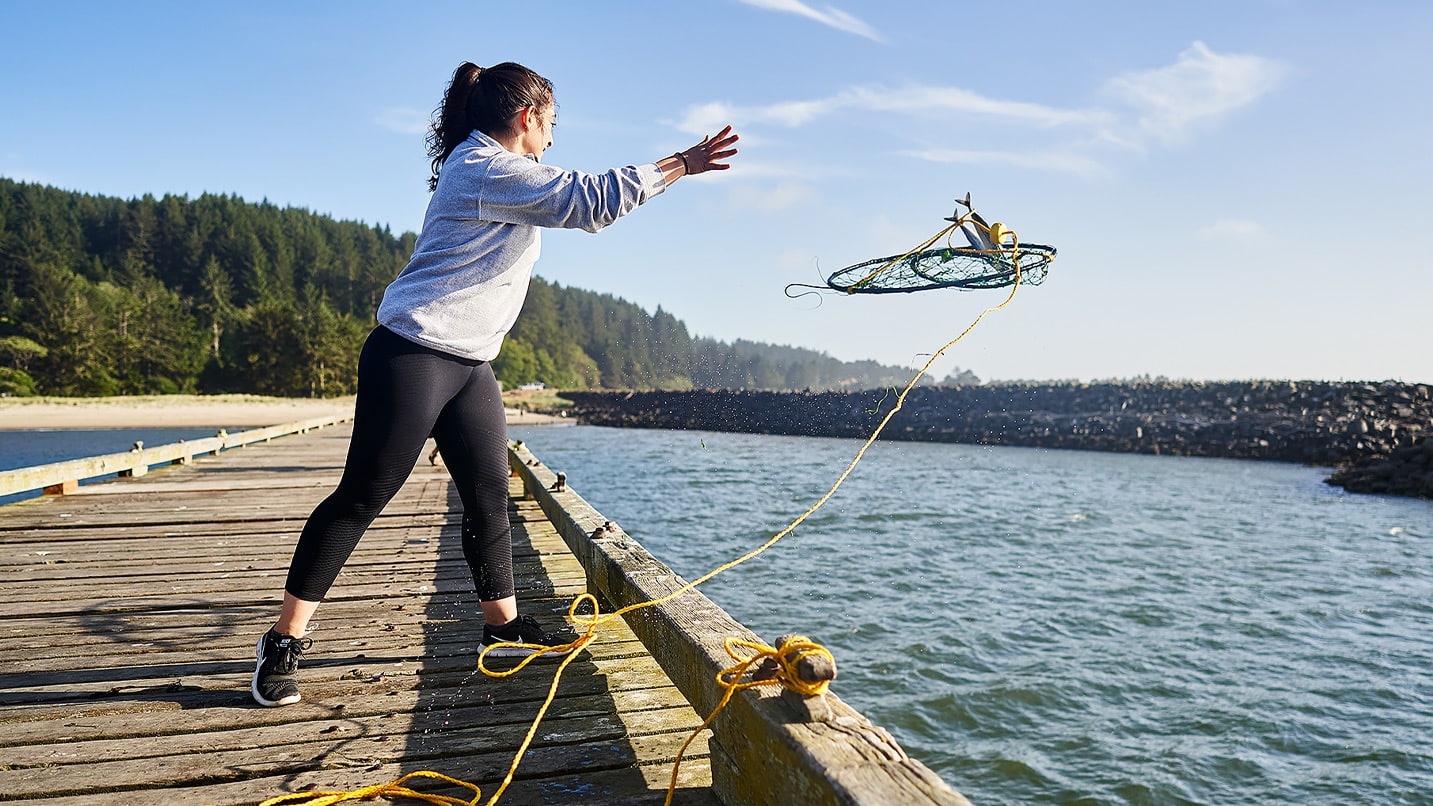
If You Go:
Parking permits are required at 15 Oregon Department of Fish and Wildlife areas.You’ll also need a shellfish license for clamming as well as crabbing. You can purchase permits and licenses online or head to a local ODFW office or licensed retailer. Proceeds from permits help maintain visitor facilities and fund local conservation efforts.
